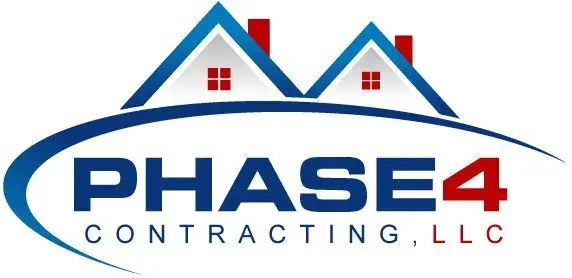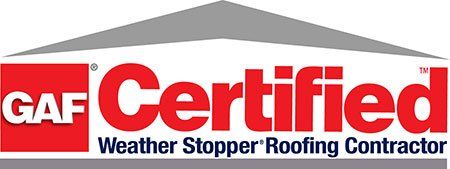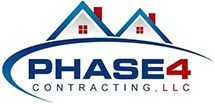Your roof is one of the most important parts of your home—it protects your family, belongings, and the structure itself from the elements. But like any part of a house, a roof doesn’t last forever. Knowing when it’s time for repairs can prevent more costly issues down the road.
At Phase 4 Contracting, we help homeowners recognize the early warning signs of roof damage before they turn into expensive replacements. Here are the key indicators that it might be time to schedule a roof repair.
1. Visible Shingle Damage
Curling, cracking, or missing shingles are among the most obvious signs your roof needs attention. Shingles serve as the first line of defense against water and wind. If they’re compromised, your roof is vulnerable to leaks and further deterioration.
What to look for:
● Bald spots where granules are missing
● Shingles that appear curled or warped
● Pieces of shingles in your gutters or yard
Phase 4 Contracting Tip: Don’t wait until a small patch becomes a full-blown problem. Replacing a few shingles early can save you from having to replace the entire roof later.
2. Leaks or Water Stains Inside
If you’re noticing water spots on your ceiling, peeling paint, or moisture in your attic, it’s likely your roof is leaking. Even minor leaks can lead to mold, rot, and costly structural damage if left unaddressed.
Early detection is key. At Phase 4 Contracting, we perform thorough inspections to identify leak sources and implement targeted repairs that protect your home from further damage.
3. Sagging or Drooping Roof Deck
A sagging roof isn’t just an aesthetic issue—it’s a structural red flag. This often indicates water damage or weakened support beneath the roofing materials.
Act fast. A sagging roof may require urgent repair to avoid a collapse or more intensive reconstruction. If you notice any unusual dips or uneven lines, contact Phase 4 Contracting for a professional evaluation.
4. Moss, Mold, or Algae Growth
Moss or dark streaks on your roof aren’t just unsightly—they can trap moisture and accelerate deterioration. While this doesn’t always require a full replacement, it’s a sign that your roof needs attention.
Phase 4 Contracting Insight: Cleaning may help in some cases, but recurring growth often points to underlying moisture issues. We assess the root cause and recommend the most effective, long-term solution.
5. Increased Energy Bills
Have your heating or cooling costs suddenly spiked? A poorly sealed roof can allow conditioned air to escape and outside air to get in, making your HVAC system work harder.
An energy-inefficient roof often means gaps, aging insulation, or ventilation problems—all of which Phase 4 Contracting can diagnose and repair to restore comfort and efficiency to your home.
6. Storm or Hail Damage
Severe weather can wreak havoc on your roof. After strong winds, hail, or heavy rain, it’s important to inspect your roof—even if there’s no visible interior damage.
Pro Tip from Phase 4 Contracting: We offer storm damage assessments to help you document issues for insurance and get ahead of potential leaks or structural problems.
7. Your Roof Is Over 15-20 Years Old
Even the most well-maintained roofs have a lifespan. Asphalt shingles typically last 15–25 years, while other materials like metal or tile may last longer. If your roof is reaching the end of its expected lifespan, now is the time for a professional inspection.
Plan ahead. Phase 4 Contracting offers honest, expert evaluations so you can budget for repairs—or replacement—before emergency costs arise.
Trust Phase 4 Contracting with Your Roof
Your roof doesn’t need to be falling apart to require repairs. Catching problems early can prevent thousands of dollars in damage and extend the life of your roof. At Phase 4 Contracting, we specialize in proactive roof repair services backed by expert craftsmanship, honest assessments, and personalized care.
Not sure about the state of your roof?
Schedule a free inspection with Phase 4 Contracting today—and let’s keep your home protected from the top down.






